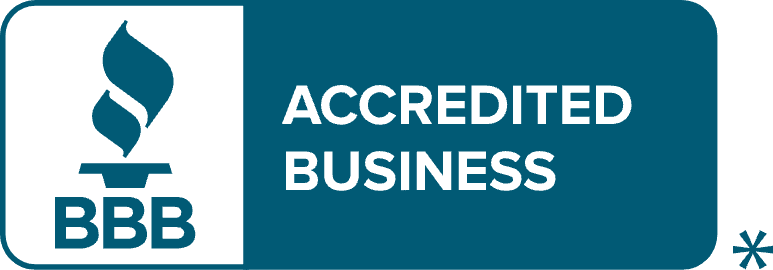What to Do With Your Employer-Sponsored Retirement Plan if You’ve Been Laid Off (Hint: Roll the Assets into a New Self-Directed IRA)
Published on April 28, 2025
The job market has seen its share of ups and downs over the past 24 years (even further back if you consider the dot-com bubble burst of the 1990s). Between the attacks on 9/11, the 2008 housing/mortgage crisis, and the 2020 global pandemic, many Americans have been laid off or chose to enter “The Great Resignation” and not return to the workforce during the pandemic. According to the Bureau of Labor Statistics, 5.3% of families last year included an unemployed person, up from 4.8% in the prior year. (There are lots of statistics here about employment and unemployment rates.
It seems corporations from every sector are laying off employees, restructuring their operations, or downsizing—retail, logistics, biomedical, health care, financial services and more recently, the public sector (such as federal workers).
If you have left a job on your own, been terminated, or are retiring and participated in employer-sponsored retirement plan (such as a 401(k) or 402(b) plan, Thrift Savings Plan, or a SEP or SIMPLE IRA), you need not abandon those hard-earned retirement savings.
Next steps for your retirement plan at a former employer
Depending on your vested balance, you do have some opportunities to continue building a retirement nest egg with those funds.
If the plan sponsor allows, you may choose to leave the assets there and allow the investments to grow tax-deferred, although you will no longer be able to contribute to the account. Be sure to keep tabs on the account’s performance as well as the fees charged for the account. Something else to be aware of is that you will be limited in your investment choices to whatever your previous employer allows. You may also choose to cash out your vested balance, which could be costly in terms of taxes and penalties.
If you go to work for another employer, you may roll over the balance into the new employer’s retirement plan via a trustee-to-trustee or a direct rollover—if the new employer will accept a rollover from your previous employer’s retirement plan. You can read more about rollovers in this previous post.
Another option: open a new self-directed IRA (SDIRA) and move the funds there with a rollover. Doing so enables you to:
- preserve your savings and grow those investments in a tax-advantaged plan
- include alternative assets and develop a more diverse portfolio
- continue contributing to your retirement account
- build a hedge against market volatility since you are not limited to stocks, bonds, and mutual funds
You may already be investing in some of the allowed alternative assets outside of your existing retirement plan—real estate still being the most popular. But self-directed investments may also be private equity, royalties, precious metals, commodities, unsecured and secured loans, and many more. The IRS disallows only life insurance and collectibles in IRAs.
To do a proper rollover, the current retirement account provider (former employer) must send a check, wire, or ACH to the new plan administrator. Make sure that check for the distribution is NOT made out to you; otherwise, you will trigger withheld taxes on the balance. If the former plan sponsor made the check payable to you, you must deposit the distribution within 60 days into the new self-directed IRA to avoid paying taxes on that amount. Whatever you decide to do, it’s always best to consult your trusted advisor first.
Take the first step at Next Generation Trust Company
We have a few steps you can take at Next Generation to generate retirement wealth with a self-directed IRA.
- Schedule a consultation with one of our helpful team members for information about the many options and benefits of self-direction.
- Watch some of our webinars that cover various types of alternative assets allowed in SDIRAs (and other self-directed accounts).
- Go to our starter kits, look for the one associated with the type of SDIRA you want to open, and follow the step-by-step instructions.
- Open a new self-directed IRA (or solo(k) if applicable) and roll over the funds from the “old” account into the new one.
The professionals at Next Generation are available by phone or email during normal business hours; contact us at 888.857.8058 or NewAccounts@NextGenerationTrust.com for an efficient, courteous response.
Back to Blog


